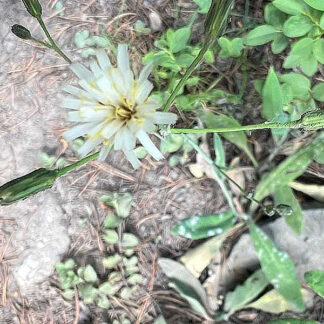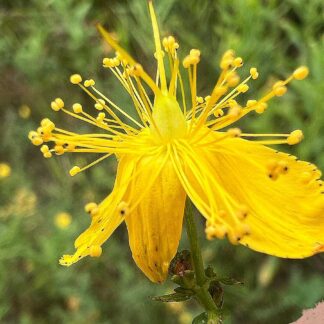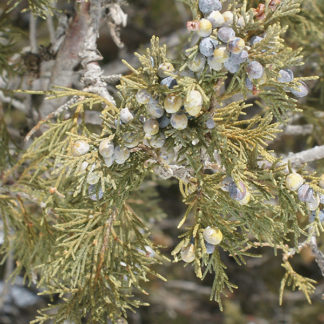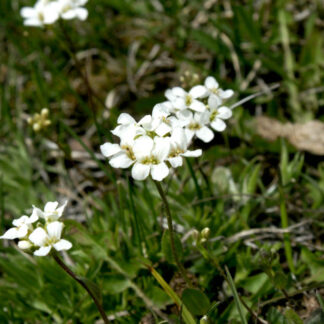interesting bits
Showing 49–60 of 109 results
-

Hieracium albiflorum / white hawkweed
- white, dandelion-like flower; up to 50 per plant
- 6-25 florets
- square-end petals each with 4 small notches
- hairy stems and basal leaves
- shady openings in dry forests
-

Hieracium aurantiaca / orange hawkweed
- orange dandelion-like flower
- petals square ended with small notches
- hairy leaves, stems and involucres
- found in many habitats, sometimes in excess
-

Hordeum jubatum / foxtail barley
- attractive roadside grass
- long, silky, glistening awns; red, green, purple-ish
- awns and bracts are sharp and barbed... potentially dangerous to dogs
-

Hyocyamus niger / black henbane
- highly toxic! including contact dermatitis
- 5-lobed, funnel-shaped flowers, brownish yellow with purple veins and center; 1.5" across
- flowers in summer, e.g. warm June, July
- elliptical leaves, pointy tips, toothed or lobed margins, prominent veins
- highly disturbed areas: wastelands, field edges etc.
-

Hypericum perforatum / St. John’s wort
- bright yellow, 5-petaled flowers
- many stamens sticking out every which way
- sizable black and/or white glands on leaves and petals
- waist high and grows in large colonies (invasive)
- not (yet) seen west of the Tetons
-

Iris missouriensis / western blue flag iris
- wetland monocot - long leaves, parallel veins
- large blue flower with yellow "signal" stripe, purple veins
- 3 petals, 3 sepals make up the flower
- blooms in spring
- "like a domestic iris on a diet"
-

Juniperus scopulorum / Rocky Mountain juniper
- small, rounded evergreen tree (or shrub)
- fibrous, red to grey, shredded bark
- pollen and seed cones at branch tips on separate plants
- female cones blue berries with a waxy, whitish bloom
- leaves on mature plants scale-like
- leaves on young plants are prickly, needle-like
-

Lithophragma parviflorum / smallflower woodland star
- small, white (or mauve) flowers with 5 highly disected petals
- up to 14 flowers per stalk, usually much less
- deeply lobed, glandularly pubescent leaves at stem bases
- spring bloomer in a wide variety of habitats
-

Lomatium dissectum / fernleaf biscuitroot
- blooms soon after snowmelt
- yellow or purple-ish flowers in compound umbels
- highly divided, fern-like leaves
- rocks, rocky soils, sagebrush communities
-

Mentha canadensis / American cornmint
- crushed leaves smell like peppermint
- clusters of teeny white-blue-pink flowers in the axils of stem leaves
- square stems, lance-shaped leaves
- shaded, moist areas
- may form large clones
-

Mertensia ciliata / mountain bluebells
- taller than others bluebells - up to four feet
- often forms dense stands by streams and seeps
- flowers dark blue, bell-shaped, held on one side of stem
- leaves blue-green, pointed, with prominent veins, marginal pointy hairs
-

Noccea fendleri ssp. idahoensis / wild candytuft
- white crucifer, four petals in two parallel rows
- flowers in terminal clusters
- basal rosette leaves with a few on the stalks
- wetter areas
Showing 49–60 of 109 results